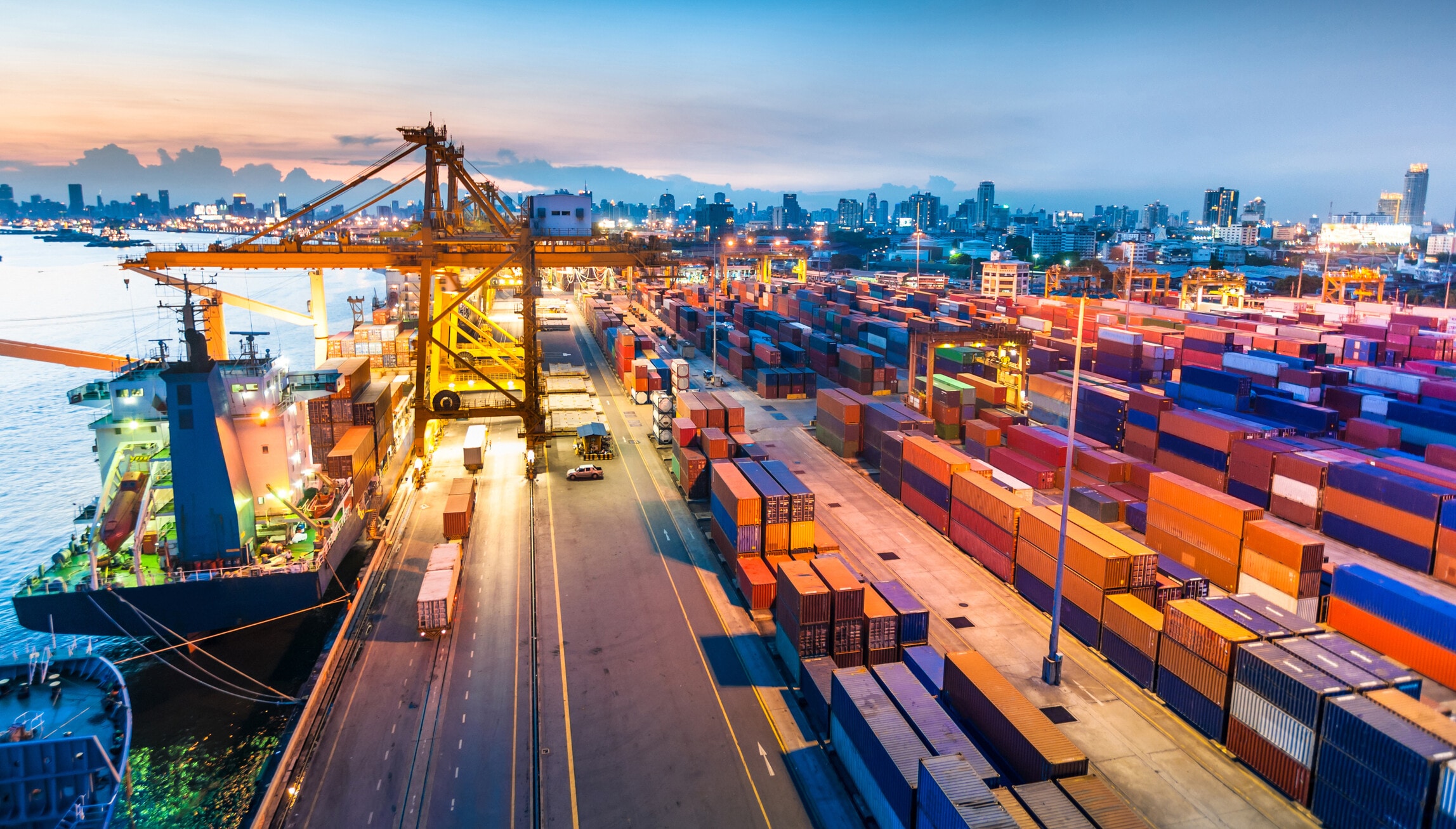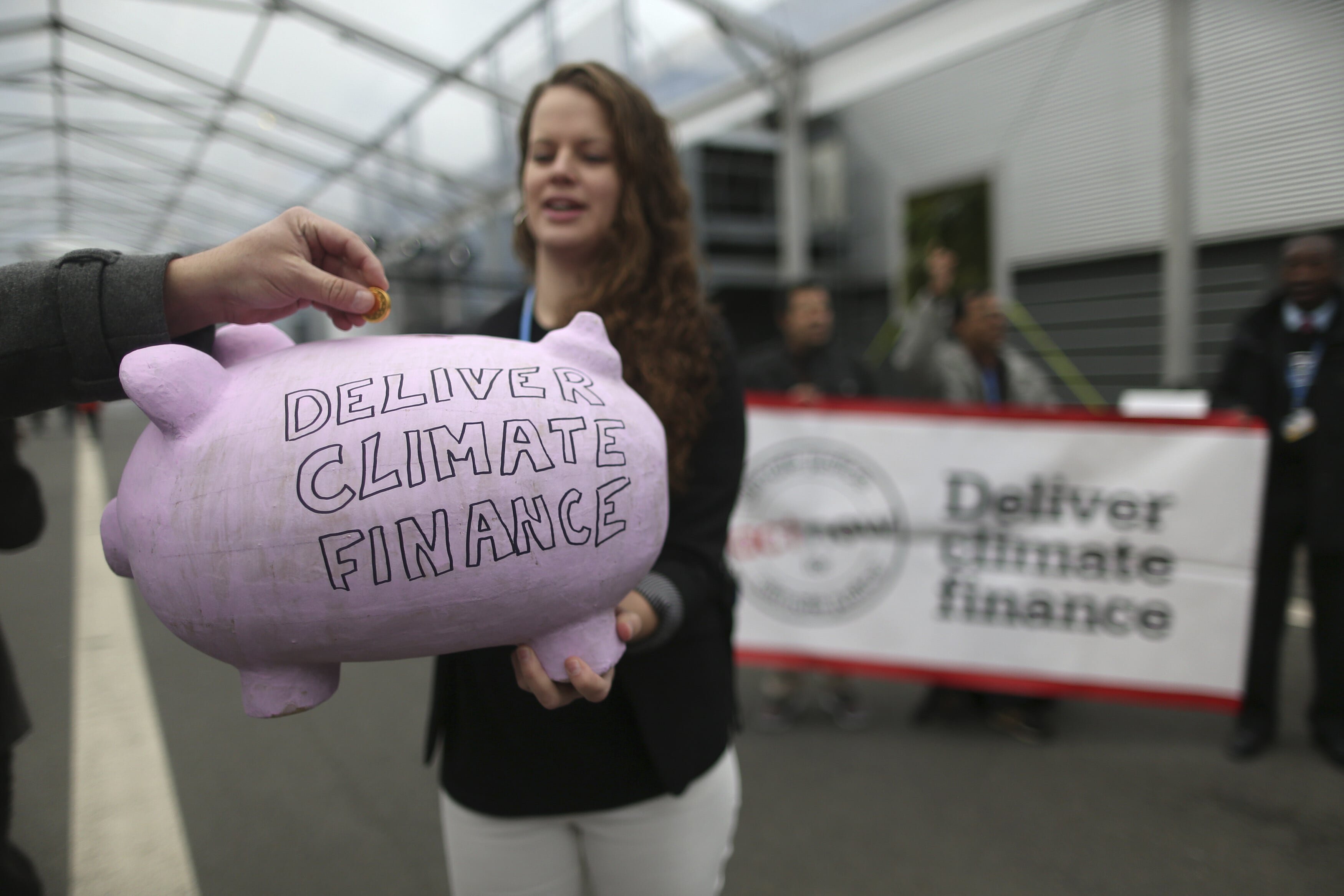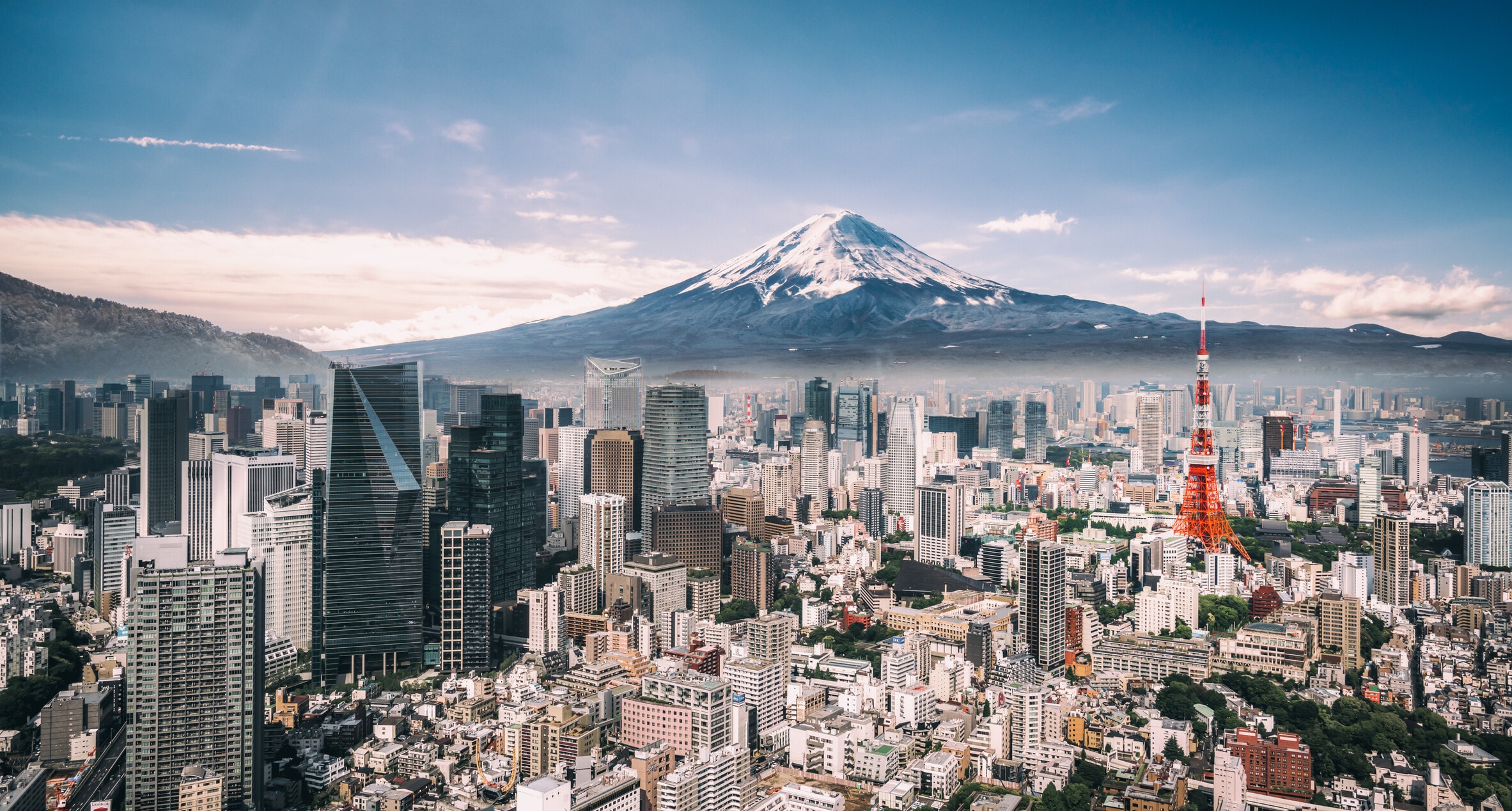Deforestation in the Amazon is causing parts of it to release more carbon than it absorbs

Heavy logging in parts of the Amazon rain forest, has reduced its ability to absorb carbon.
Image: REUTERS/Bruno Kelly
Stay up to date:
Future of the Environment
- In the 1980s and 90s, the Amazon rainforest absorbed 2 billion tonnes of carbon annually, but that figure is much lower today due to deforestation.
- The southeast part of the Amazon, which has been heavily logged, appears to have lost its ability to absorb carbon.
An extensive study that looked at a decade of carbon emissions found that nearly 20 percent of one of the world's largest carbon sinks is actually releasing carbon instead of capturing it, according to the BBC.
The decade-long study led by professor Luciana Gatti, a researcher at Brazil's National Institute for Space Research (INPE), measured carbon by flying airplanes equipped with carbon sensors over various parts of the forest every two weeks. The results, which have not yet been published, showed that around 20 percent of the forest, especially in the southeastern section, had become an emitter of greenhouse gases instead of a carbon sink, as The Inquistr reported.
The southeastern part of the forest, which has been heavily logged and clear-cut, seems to have lost its ability to absorb carbon, according to the BBC.
In recent years, millions of trees have been lost to logging or to wildfires. Growing trees absorb carbon from the atmosphere, while dead trees emit carbon. The rapid loss of young trees suggests that the Amazon rainforest may turn into a carbon source much faster than had been predicted, as the BBC reported.
Recently, the 2019 wildfires in Brazil released nearly 392,000,000 metric tons of CO2 in 2019. That is without all the final numbers from last year. The total carbon emissions from last year's fires in Brazil's were equivalent to more than 80 percent of Brazil's 2018 greenhouse gas emissions, as Bloomberg reported.
"Each year is worse," Gatti told the BBC's Newsnight. "We observed that this area in the south-east is an important source of carbon. And it doesn't matter whether it is a wet year or a dry year. 2017-18 was a wet year, but it didn't make any difference."
The future of the Amazon is troubling, as it could undergo a dramatic change to its landscape.

Carlos Nobre, who co-authored the study, called the observation "very worrying" because "it could be showing the beginnings of a major tipping point." He added that the findings point to a trend where more than half of the Amazon could shift from rainforest into savanna in the next 30 years, as the BBC reported.
"[The Amazon] used to be, in the 1980s and 90s, a very strong carbon sink, perhaps extracting two billion tons of carbon dioxide a year from the atmosphere," said Nobre to the BBC, who is also a researcher at the University of Sao Paulo's Institute for Advanced Studies and Brazil's leading expert on the Amazon. "Today, that strength is reduced perhaps to 1-1.2bn tons of carbon dioxide a year."
That number does not account for deforestation and forest fires, which are both on the rise after Brazil's president Jair Bolsonaro reversed efforts to crack down on clear-cutting the forest and opened up lands to loggers, ranchers and mining operations.
Another study, recently published by the Proceedings of the National Academy of Sciences, found that indigenous and protected lands only account for only 10 percent of that Amazon's carbon emissions across the nine countries that the forest spans, as Reuters reported.
While the researchers touted the indigenous lands for helping to combat the climate crisis, they see trouble on the horizon.
"What we find is that from a carbon standpoint, protected land and indigenous territories are doing a tremendous job in buffering against losses, particularly losses associated with deforestation," said Wayne Walker, a scientist at the Woods Hole Research Center, a U.S. climate science institute, and lead author on the study, to Reuters.
"Losses are seen from degradation associated with illegal activities, illegal mining and illegal deforestation ... to natural-related disturbance losses associated with drought and forest fires," he told Reuters.
Despite efforts from indigenous communities to protect the rainforest, Nobre sees a tipping point fast approaching.
"In our calculations, if we exceed that 20-25 percent of deforestation, and global warming continues unabated with high emission scenarios, then the tipping point would be reached," said Nobre to the BBC. "Today we are at about 17 percent."
Don't miss any update on this topic
Create a free account and access your personalized content collection with our latest publications and analyses.
License and Republishing
World Economic Forum articles may be republished in accordance with the Creative Commons Attribution-NonCommercial-NoDerivatives 4.0 International Public License, and in accordance with our Terms of Use.
The views expressed in this article are those of the author alone and not the World Economic Forum.
Related topics:
Forum Stories newsletter
Bringing you weekly curated insights and analysis on the global issues that matter.
More on Climate ActionSee all
Wee Kean Fong and Yvonne Zhou
July 29, 2025
Pranidhi Sawhney and Adam Skali
July 29, 2025
David Carlin and Sourajit Aiyer
July 28, 2025
Nasim Pour, Sebastien Cross and Joel Gould
July 28, 2025
Michael Wang
July 28, 2025
Naoko Tochibayashi
July 28, 2025






